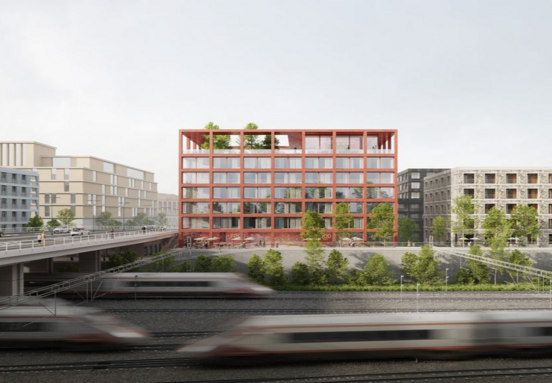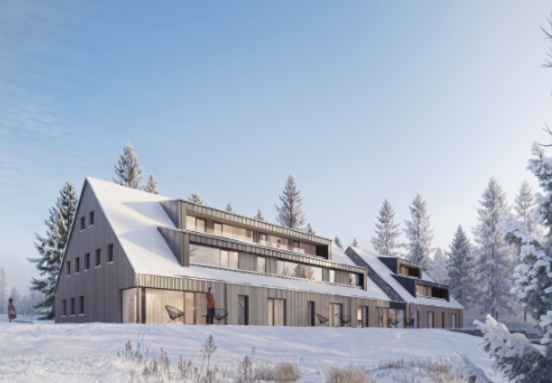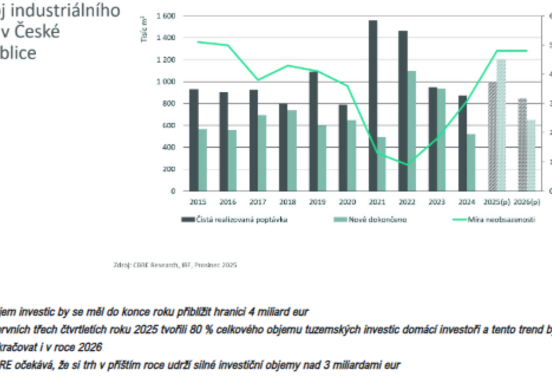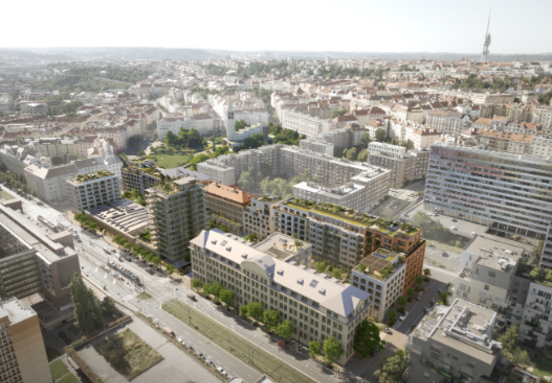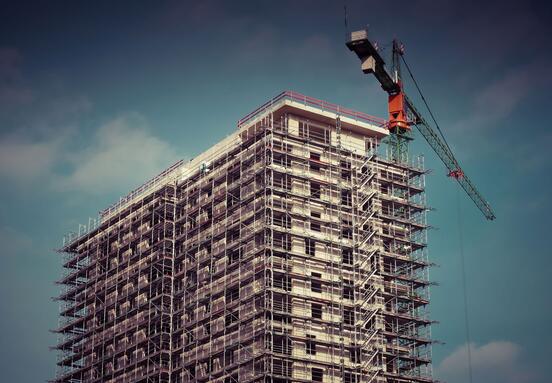1. Economy: Expected growth
"The favorable economic dynamics of the CEE region, expressed by the threefold growth of GDP, is supported by several factors. The external situation is improving (the eurozone should also rebound from the bottom), inflation and interest rates are falling compared to the level of 2021-2023, and there is also a strong inflow of investment capital into the region," says Silviu Pop, research director for Romania and Central and Eastern Europe at Colliers. "It is noteworthy that the longer-term forecasts look even rosier: according to the IMF forecasts, the countries of Central and Eastern Europe - if we look at them as one economy - should rank among the ten largest economies in the world by 2028."
2. Geopolitics: Searching for a new balance
The Russian invasion of Ukraine and the change in relations between China and Western countries are causing concern and uncertainty. However, thanks to its geographical location, the entire region of Central and Eastern Europe is gaining importance in times of changing international relations, and the CEE-6 countries could benefit from this in the long term. The elections to be held in 2024 are of great importance for the geopolitical balance, not only in some countries of Central and Eastern Europe, but also in large economies such as the USA, India and Great Britain.
3. Capital flows: The new gold rush in Central and Eastern Europe
The Central and Eastern European region remains attractive to Western economies for reshoring and nearshoring, mainly due to the large difference between productivity and labor costs in all countries of the region. The changes are already happening, with all of Central and Eastern Europe showing a solid level of capital expenditure in the economy from 2023, well above the average of the previous cycle. In 2023, the Czech Republic, Poland and Romania also recorded record levels of gross capital formation. All of this points to a favorable medium-term outlook, with robust job creation leading to solid wage growth and increasing purchasing power, some of which should be evident this year.
4. Retail sales: One can talk about expansion
Declining inflation rates and a more favorable economic outlook are sure to be important factors for many developers and retail investors. Developers and investors are trying to get an overview of areas or cities in CEE countries that can still accommodate new projects. Compared to Western Europe, the coverage of modern retail projects in Central and Eastern Europe is certainly less, in some regions even below average, so it is not a question of "if", but rather "when" these gaps will be filled. Retail parks remain a key segment driving the growth of the commercial real estate market in Central and Eastern Europe, as they can be built at lower costs for developers and also target smaller cities. In some cities, large mixed-use projects are also being developed, which shows the diversity even within a single country, not just between individual CEE-6 countries. On the demand side, lower inflation should help consumers, but discount stores still have a good outlook.
5. Investment: The time has not yet come
While the expectation of lower interest rates represents a light at the end of the tunnel, that time has not yet arrived; loans will be much more expensive for many years to come than in 2021-2022. In addition, it is also a problem that commercial real estate prices have been falling steadily over the last year and a half, and therefore many investors are still waiting for an even better opportunity to buy. The seller, on the other hand, tries to keep his assets. Therefore, at least in the first half of 2024, Colliers expects another dull period in terms of investments in commercial real estate in Central and Eastern Europe. Still, we should see some signs of incoming activity in the second half of the year – at least assuming interest rates in the Eurozone and the US are cut.
6. Offices: Lower construction will help subsequent recovery
The year 2024 is likely to bring a sharp slowdown in the supply of new offices to the market. In some cases, such as in the capitals of Slovakia and Romania, (almost) no implementation of significant office building projects is expected in 2024. For now, it is still a market that is largely tenant-driven, as the vacancy rate remains in the double digits in the capital cities of the CEE-6 countries, with the exception of Prague. A rescue can be expected as the slowdown in new supply to the market helps to absorb vacancies, particularly those in ESG-compliant modern offices, and perhaps gradually tip the balance towards a neutral market by the end of 2024.
7. Industrial real estate: Stabilization of rent
With construction costs gradually normalizing and vacancy in some cases on an upward trajectory from 2022 or 2023, Colliers experts expect rental growth to stabilize or at least slow in CEE countries. The last few years have seen an unprecedented increase in rents, which reduces the overall attractiveness of the region, although, taking into account the huge gap between wages and production, the region still offers much better conditions than Western European alternatives.
8. ESG: Green is no longer just a buzzword
Tenants, landlords and investors are increasingly focusing on the quality of buildings in all CEE countries. The gap between older/outdated and modern/efficient buildings is widening, whether it's rents,
tenant attractiveness, occupancy rate or capital value. This can be considered a decisive factor that pushes for more and more frequent modernization of older buildings. However, in terms of timing, these changes come at an inopportune time, as the push for environmentalism is taking place in a difficult context for the market, which is also struggling with high interest rates. In addition, it should also be noted that the environmental friendliness of the building is important for its financing, as banks must take into account not only the value of the property itself, but also how efficient and resistant it is to current and future ESG requirements.
9. The rise of artificial intelligence
Artificial intelligence (AI) was probably the most frequently mentioned new technology in 2023. While so far the possibilities of machine learning have mainly been talked about, we are now entering the phase of practical use of these technologies. Things like multimodal AI, which could greatly increase productivity, are becoming a reality. At the same time, smart office solutions are maturing that improve the relationship between tenant and landlord. All this should support the hybrid mode of work and its influence on the office market - not only in Central and Eastern Europe, but all over the world. Fears of the demise of office work have proven to be greatly exaggerated, as most businesses apparently still need their employees to communicate face-to-face.
10. Housing: There is a different story around every corner
While some aspects of the real estate market are somewhat common across the CEE region, residential real estate is arguably the most diverse segment. The affordability of new apartments can range from relatively decent in cities such as Bucharest and Sofia to a price bubble in Prague and Bratislava. Although the reduction in interest rates should help to move the situation in the right direction, various regulatory issues and legislative obstacles still remain in play (especially the slow permitting cycle for the construction of new projects). Therefore, one cannot expect that any changes and improvements will appear quickly. Against this backdrop of uncertainty, PRS (Private Rental Market) models should continue to gain strength in some parts of the CEE region.

